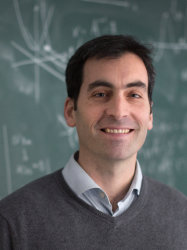BibTex format
@article{Bartolo:2018:11/034,
author = {Bartolo, N and Domcke, V and Figueroa, DG and Garcia-Bellido, J and Peloso, M and Pieroni, M and Ricciardone, A and Sakellariadou, M and Sorbo, L and Tasinato, G},
doi = {11/034},
journal = {Journal of Cosmology and Astroparticle Physics},
title = {Probing non-Gaussian stochastic gravitational wave backgrounds with LISA},
url = {http://dx.doi.org/10.1088/1475-7516/2018/11/034},
volume = {2018},
year = {2018}
}

